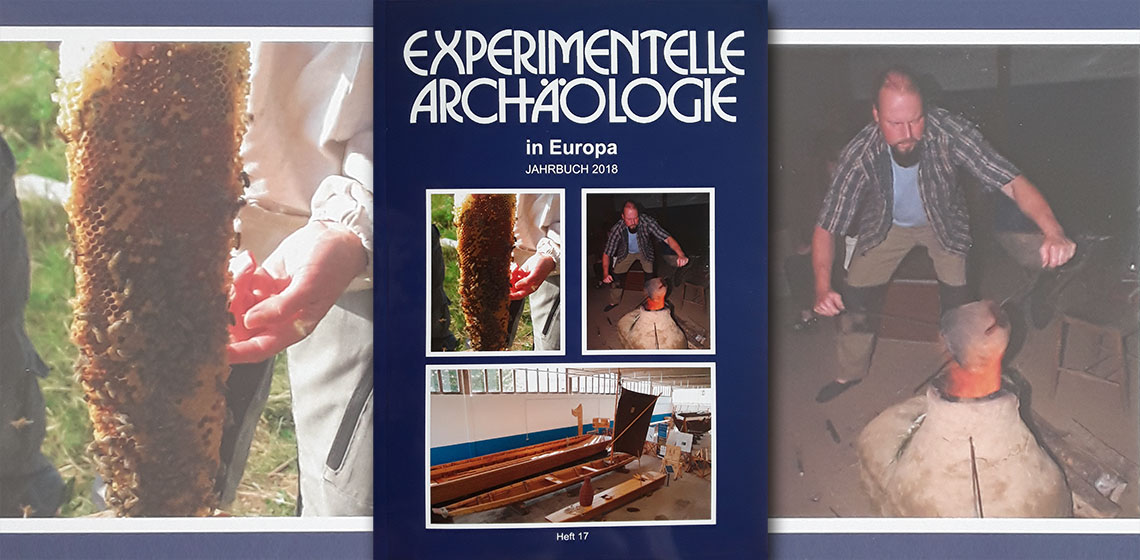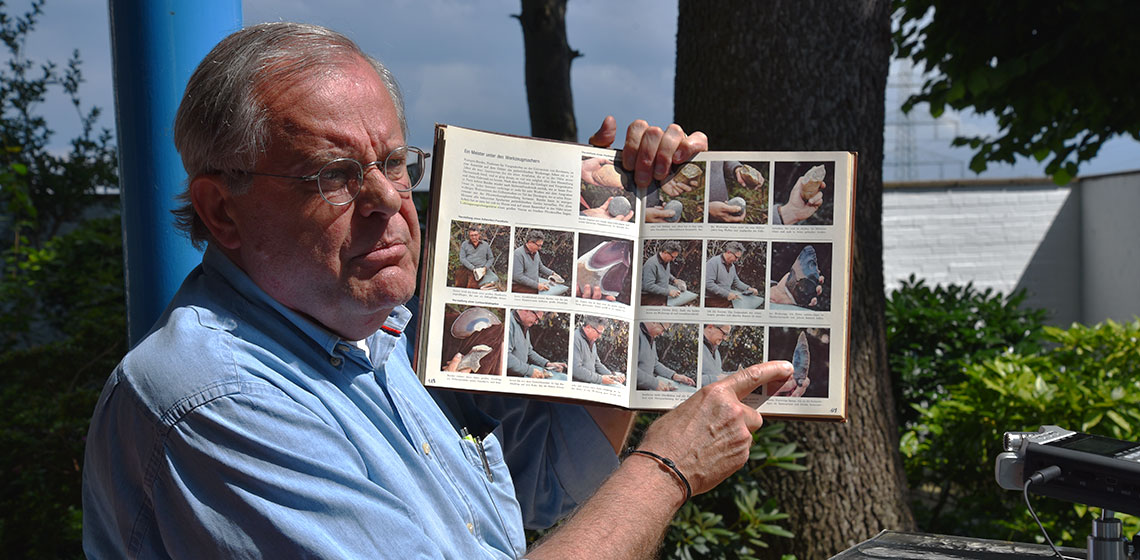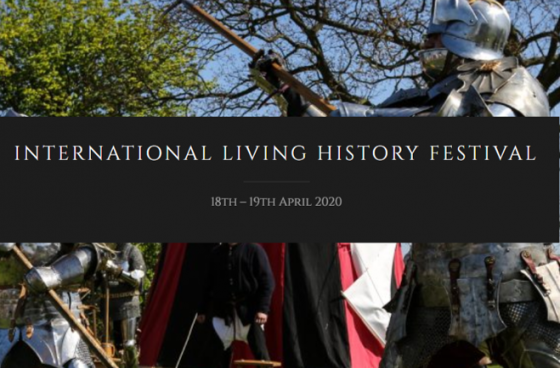ASOR session on Experimental Archaeology
Anyone interested in coming to San Diego, CA in November to talk about their work? There will be an Experimental and Experiential Archaeology session at this year's ASOR Annual Meeting, San Diego, CA, Nov. 20-23, 2019. ASOR is about the Near East and wider Mediterranean world, from the earliest times








